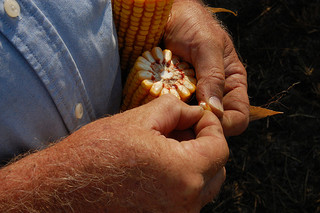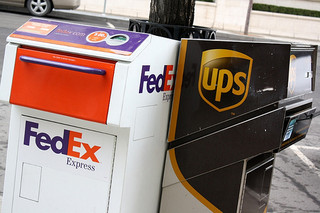Innovations in Corrugated and Paperboard Boxes Are Coming

According to market research from Freedonia Group, the demand for corrugated and paperboard boxes in the U.S. will increase to $39.4 billion by 2018. That’s an increase of 2.6 percent per year. Additioanlly, the Freedonia Group projected that folding carton demand will increase by 1.4 percent per year.Box production has been down since the recession hit in 2008, but it is starting to ramp up now.
This article is for Premium Members only. Please login below to read the rest of this article.
Not a Premium Member yet? Become one today.
[login_form redirect=’https://www.procurementbulletin.com/innovations-in-corrugated-and-paperboard-boxes-are-coming’]
[show_to accesslevel=’Premium Members’]
Corrugated and paperboard boxes are expected to increase in demand because consumers are turning back to online shopping and businesses are looking for the best ways to ship goods to consumers. Consumers know that if they can find the cheapest price for an item online, they often can save money, even when shipping charges are added on. Businesses are doing what they can to keep shipping charges as low as possible to stay competitive.
Lightweight shipping materials are essential in keeping shipping costs down for both businesses and consumers. That’s why box production is headed up. However, consumers also care about sustainability and the environment. Many consumers make decisions on whether to purchase goods from one business versus another business based on the best practices used during shipping in regards to sustainability. Nielson Research surveyed consumers and found that 50 percent are willing to pay more for goods and services from socially responsible companies.
One important change business warehouses are making to improve sustainability is choosing smaller boxes that better fit the items contained inside. This reduces space when shipping as well as the necessary packaging material used on the inside. Additionally, instead of using packaging peanuts and bubble wrap, items are being fit snugly so that they cannot move. For instance, laptops are secured attached to a piece of cardboard inside a box so they are suspended in the middle of a shipping container without the need for additional protection.[/show_to]



